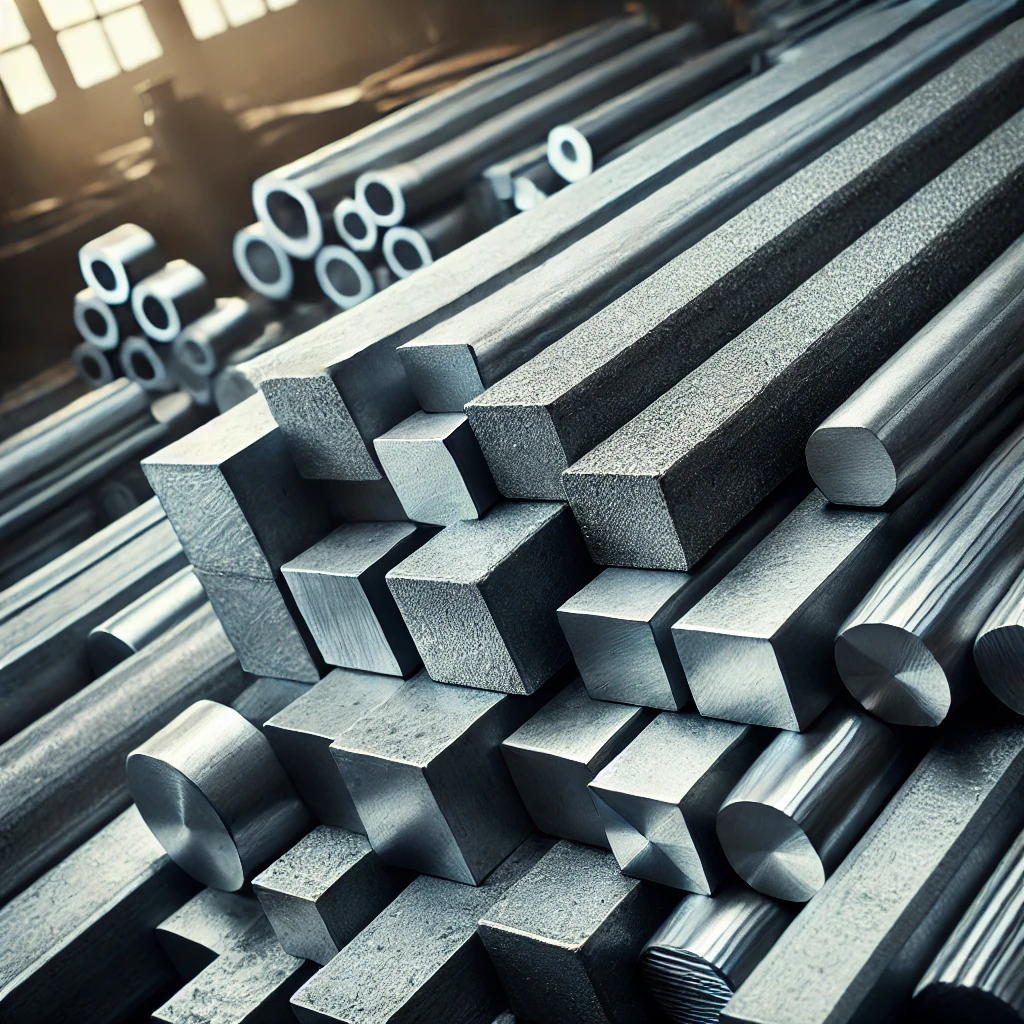Understanding Stainless Steel Rod Prices: Factors Influencing Costs and Market Trends
Introduction
Stainless steel rods are widely used in various industries due to their exceptional strength, corrosion resistance, and aesthetic appeal. From construction and manufacturing to automotive and aerospace applications, the demand for stainless steel rods continues to grow. However, one key consideration for businesses and consumers alike is the price of these rods. In this blog, we will explore the factors that influence stainless steel rod prices, current market trends, and tips for making informed purchasing decisions.
Factors Influencing Stainless Steel Rod Prices
- Raw Material Costs: The primary factor affecting stainless steel rod prices is the cost of raw materials. Stainless steel is an alloy made primarily of iron, chromium, and nickel. Fluctuations in the prices of these raw materials significantly impact the overall cost of stainless steel production. For instance, increases in nickel prices can lead to higher costs for stainless steel rods.
- Manufacturing Processes: The methods used to manufacture stainless steel rods also influence their pricing. Processes such as hot rolling, cold drawing, and machining require different levels of energy and resources. Cold-drawn rods, for example, typically have higher manufacturing costs due to the additional processing steps involved, leading to higher prices.
- Grade of Stainless Steel: Stainless steel is available in various grades, each with its unique properties and applications. Common grades include 304, 316, and 410, with 316 typically being more expensive due to its higher corrosion resistance and nickel content. The choice of grade will directly impact the price of stainless steel rods.
- Supply and Demand: The balance between supply and demand plays a crucial role in determining stainless steel rod prices. Increased demand from industries such as construction, automotive, and aerospace can drive prices up, especially if supply is limited. Conversely, a surplus in supply may lead to lower prices.
- Geopolitical Factors: Global events such as trade policies, tariffs, and geopolitical tensions can affect the stainless steel market. For example, tariffs on imported steel can lead to higher domestic prices, impacting the cost of stainless steel rods.
- Transportation and Logistics: The cost of transporting stainless steel rods from manufacturers to distributors and end-users also affects pricing. Rising fuel costs, shipping delays, and logistical challenges can contribute to higher overall prices for consumers.
Current Market Trends
As of recent months, the stainless steel rod market has seen notable trends:
- Price Fluctuations: Stainless steel rod prices have experienced fluctuations due to volatile raw material costs and changing demand patterns. Buyers should stay informed about market trends to make timely purchasing decisions.
- Sustainability Considerations: With increasing awareness of sustainability, there is a growing demand for eco-friendly practices in stainless steel production. This shift may influence pricing as manufacturers invest in greener technologies.
- Technological Advances: Innovations in manufacturing processes, such as automation and advanced techniques, are making it possible to produce stainless steel rods more efficiently. This could lead to cost reductions over time, benefiting consumers.
Tips for Buying Stainless Steel Rods
- Research Suppliers: Take the time to research different suppliers and manufacturers. Compare prices, quality, and customer reviews to find a reliable source that meets your needs.
- Consider Bulk Purchases: If you require large quantities of stainless steel rods, consider purchasing in bulk. Many suppliers offer discounts for bulk orders, which can help reduce overall costs.
- Stay Informed: Keep an eye on market trends, including raw material prices and industry news. Being informed about changes in the market can help you make strategic purchasing decisions.
- Evaluate Specifications: Ensure that you are clear about the specifications you need, including grade, diameter, and length. Understanding your requirements will help you avoid overpaying for unnecessary features.
- Negotiate Pricing: Don’t hesitate to negotiate pricing with suppliers, especially if you’re a regular customer or are placing a large order. Many suppliers are open to discussions regarding price adjustments.
Conclusion
Understanding the factors that influence stainless steel rod prices is essential for making informed purchasing decisions. By considering raw material costs, manufacturing processes, market trends, and logistical factors, businesses and consumers can navigate the complexities of the stainless steel market effectively. Staying informed and researching suppliers can help you secure the best deals while ensuring the quality and reliability of your stainless steel rods. As the demand for stainless steel continues to rise across various industries, being strategic in your purchasing approach will yield significant benefits in the long run.
Do you want to visit Char Dham? Char Dham Travel Agent is the best place to plan your Char Dham tour. You can book the tour from here.


